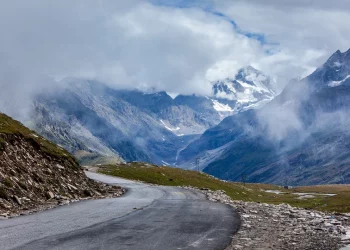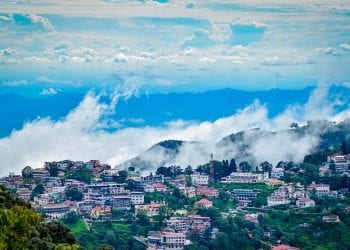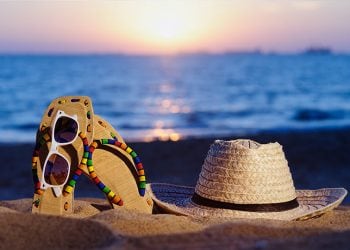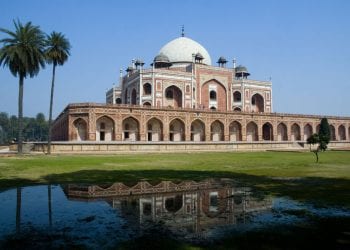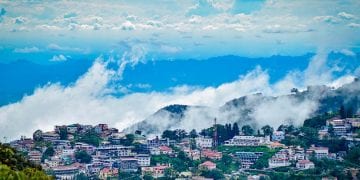Navratri- One Festival, Multiple Ways Of Celebration
Navratri sets the festival mood as it marks the onset of various other celebrations like Eid, Diwali, and Christmas. The nine-day period of joy and vigor brings positivity into every region, as each state gears up to celebrate the day in its own unique ways.
Why Is It Celebrated?
The legend associated with Navratri speaks about the great battle between the powerful demon Mahishasura and Goddess Durga. When, Lord Vishnu took the decision to create a woman to defeat Mahishasura since as per Lord Brahma’s boon, none but only a woman can defeat the demon. Mahishasura attacked the Trilok–earth, heaven, and hell.
After the three powerful Gods—Brahma, Vishnu and Mahesh (Shiva)—created Goddess Durga, she fought with Mahishasura for fifteen long days. It was a fight that shook the trilok—earth, heaven, and hell. During the fight, the clever Mahishasura kept changing his form to confuse his opponent- Goddess Durga. Ultimately, when the demon took the form of a buffalo, the Goddess Durga pierced his chest with her ‘trishul’, killing him right at that moment.
Each year, on each day of Navratri, an incarnation of “Goddess Durga” is worshipped to celebrate the day of her victory over Mahishasura, and the ultimate victory of ‘Good over Evil.”
Here, is a brief journey through cities that celebrate the day through utmost enthusiasm and their own special local practices.
1. Kolkata, West Bengal- Durga Puja
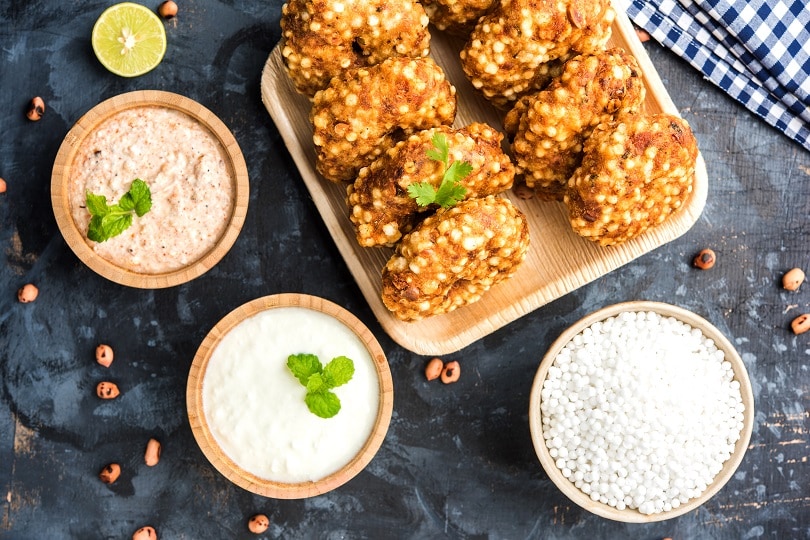
In the eastern part of India, across places to visit Kolkata, Navratri is mainly celebrated as Durga Puja in the days of Saptami, Ashthami, Navami and Dashami- the last four days of Navratri.
Being the most popular festival in the region, the day is obviously celebrated with great enthusiasm and vigour. The colorful cultural displays, the lively atmosphere, the bright lights adorning the city- under the spell of Durga Puja, the ‘City of Joy’ surely does begin to do justice to its name.
When you think of Durga Puja in Kolkata – dancing to upbeat ‘dhaak’ beats, going on a pandal-hopping spree, munching on lip-smacking bhogs, wearing beautiful traditional sarees – is a must-do in the list. The celebrations of the day of Goddess Durga’s victory over the evil buffalo demon Mahishasura- marks that one day in Kolkata which every traveler deserves to witness once. The experience would truly stick around for years to come.
2. Kullu, Himachal Pradesh – Kullu Dussehra

Navatri celebrations in Himachal Pradesh take place on the tenth day of the Navratri. Just, when the celebrations are ending in other states of the country, Himachal Pradesh is seen gearing up for the day, keeping its best foot forward.
The celebrations on the tenth day are known as ‘Kullu Dussehra’, marking the return of Load Rama to Ayodhya. It is marked by the extremely popular festival of Kullu Valley. On this day, the Valley can be seen through different bright hues and other decorations adorned on the streets. Also, a huge procession carrying idols of gods and goddesses to the main ground for the festival, can be witnessed. The festival is celebrated with great pomp and enthusiasm, and is considered a grand occasion. Various dance, musical and other cultural showcases also mark this day, and provide a great platform to familiarize yourself with the local culture. The festival concludes with the very famous performance of Lankadahan by the side of Beas River, an experience that would stay with you for a lifetime!
The State Government even accorded the status of ‘International festival’ to Kullu Dussehra which attracts more than 4-5 lakhs people from different corners of the world. Kullu Dussehra is surely one event you wouldn’t want to miss on your next trip to Kullu.
3. Kota- Rajasthan

Navratri in Kota is marked by the famous ‘Dussehra Mela.’ On this day, this becomes the centre of all attention and thousands of people flock to the large ground to celebrate. On this day, an effigy of Ravana which happens to be 72 feet tall, along with Kumbhakarana and Meghnad are singed- to mark the victory of good over evil. This is one of the tallest effigies in India. Later on, a fair of 20 days happens in the largest ground of city Kota till DhanTeras.
The mela marks the beginning of a bubbly period. After this, the city comes to life and the entire region brags of people wearing beautiful traditional garments, children frolicking on the Mela ground, people offering their prayers to Goddess Durga and infectious energy that sweeps over the city.
4. Cherpu, Kerala – Thiruvullakavu Festival

The day is celebrated in Kerala in its own unique way- witnessing the auspicious day of Vijayadasami, a spiritual day in one hundred and eight Durga temples of Kerala and most of the people visited the temples in kerala. The Keralites prefer to instil their own values of education, offerings, and worship of domestic animals, vehicles etc- in their celebrations.
On this day, they worship Goddess Saraswati and students keep their books in front of her idol for two days along with other offerings such as sugarcane, jaggery, etc. On the tenth day of this celebration, a special puja is done after which the books are taken back, and other items such as domestic animals, instruments etc are worshipped by the Keralites.
The celebration is blended with Kerala’s own local culture and traditions and a taste of the same by any passing tourist is indeed a soulful experience.
5. Gujarat- Nine Nights Dance Festival
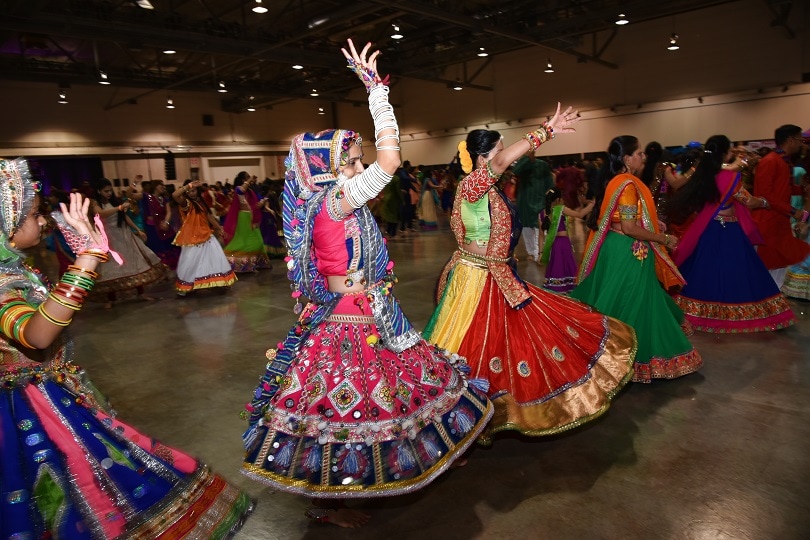
Navratri is a day much looked forward to in Gujarat. Celebrated on the first nine days of the Ashwin month, the devotees fast for nine days and devote themselves to the worship of Maa Shakti. In the evening, the ‘Garbi’ is lighted and women perform aarti with it. Days and nights are marked by the performance of aarti around the statue of Goddess Shakti, prayer offerings to Goddess Durga and the famous folk-dance of Garba.
So, the next time you are here during Navratri, get your ‘Kedias’ and ‘Lehenga-cholis’ prepared and be ready to become part of a dream-like experience.
Yet, even when every place cherishes the day in its own way, Navratri marks that period when communities come together and diversities flourish in a special unity- joy becoming the sole mode of communication between people of various races and languages.
Recent Posts
Top Picks
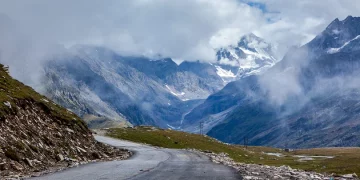
- OYO
 15 April, 2024
15 April, 2024 - Cultural Tour

- OYO
 15 April, 2024
15 April, 2024 - Cultural Tour

- OYO
 15 April, 2024
15 April, 2024 - Cultural Tour

- OYO
 15 April, 2024
15 April, 2024 - Cultural Tour

- OYO
 15 April, 2024
15 April, 2024 - Cultural Tour

Please rotate your device
Please go back to portrait mode for the best experience



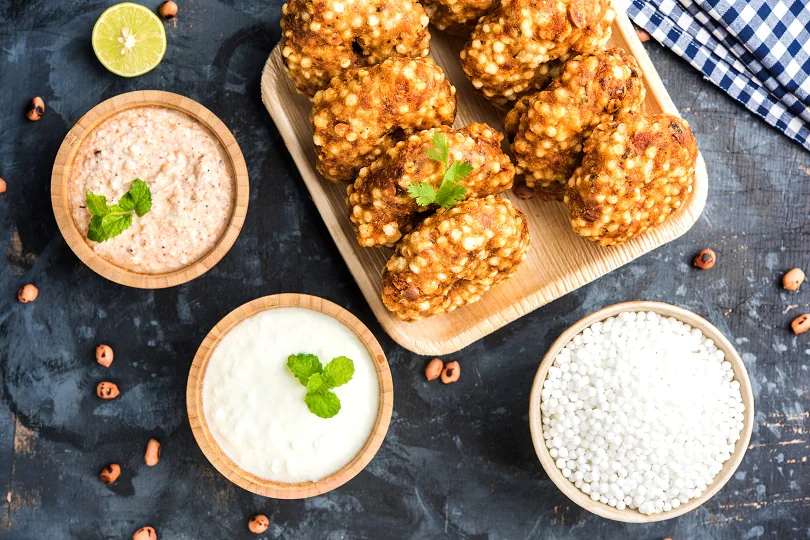
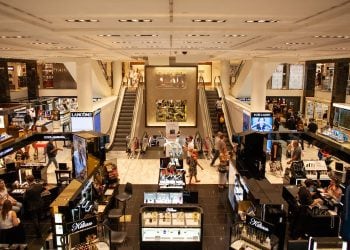
 April 15, 2024
April 15, 2024 